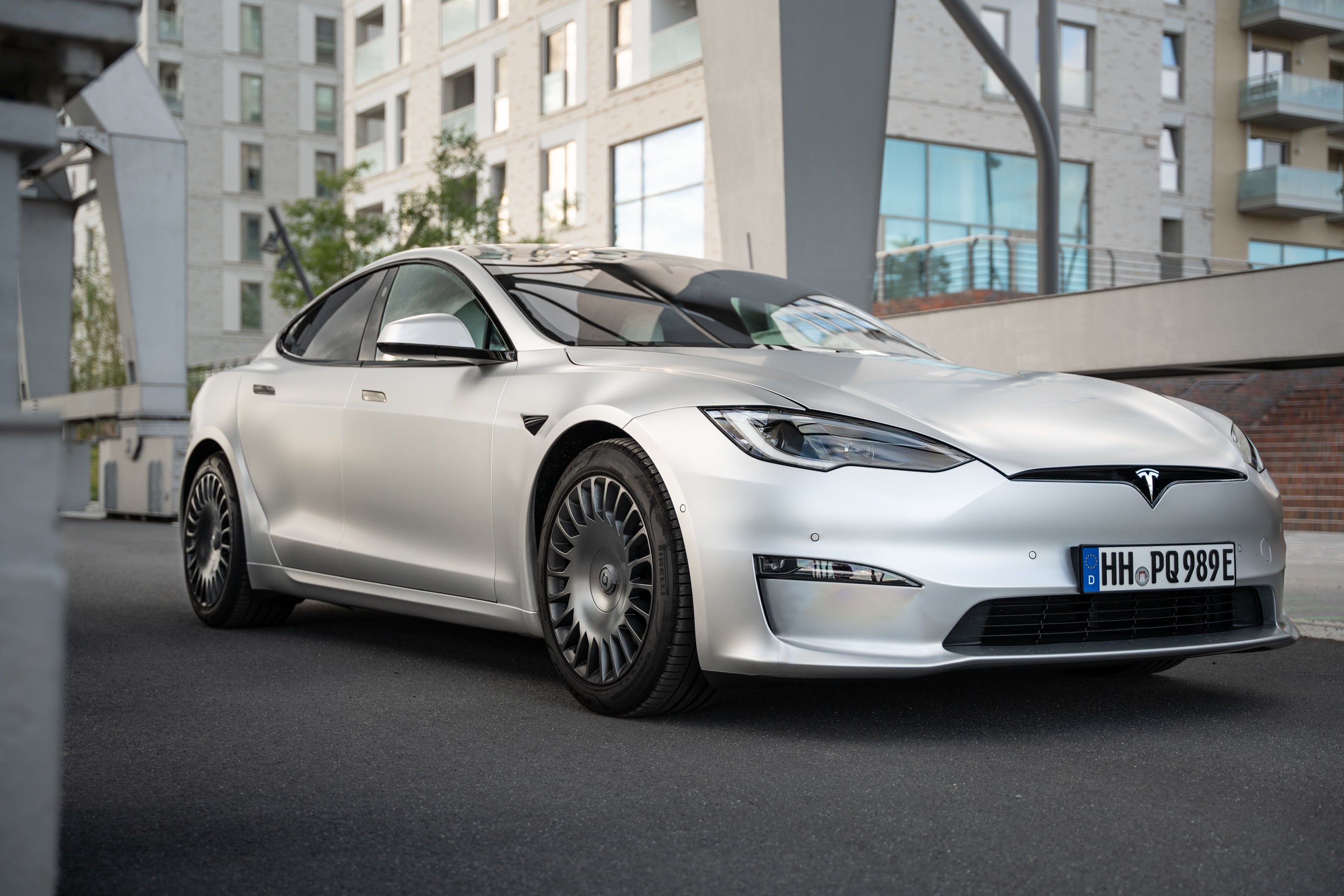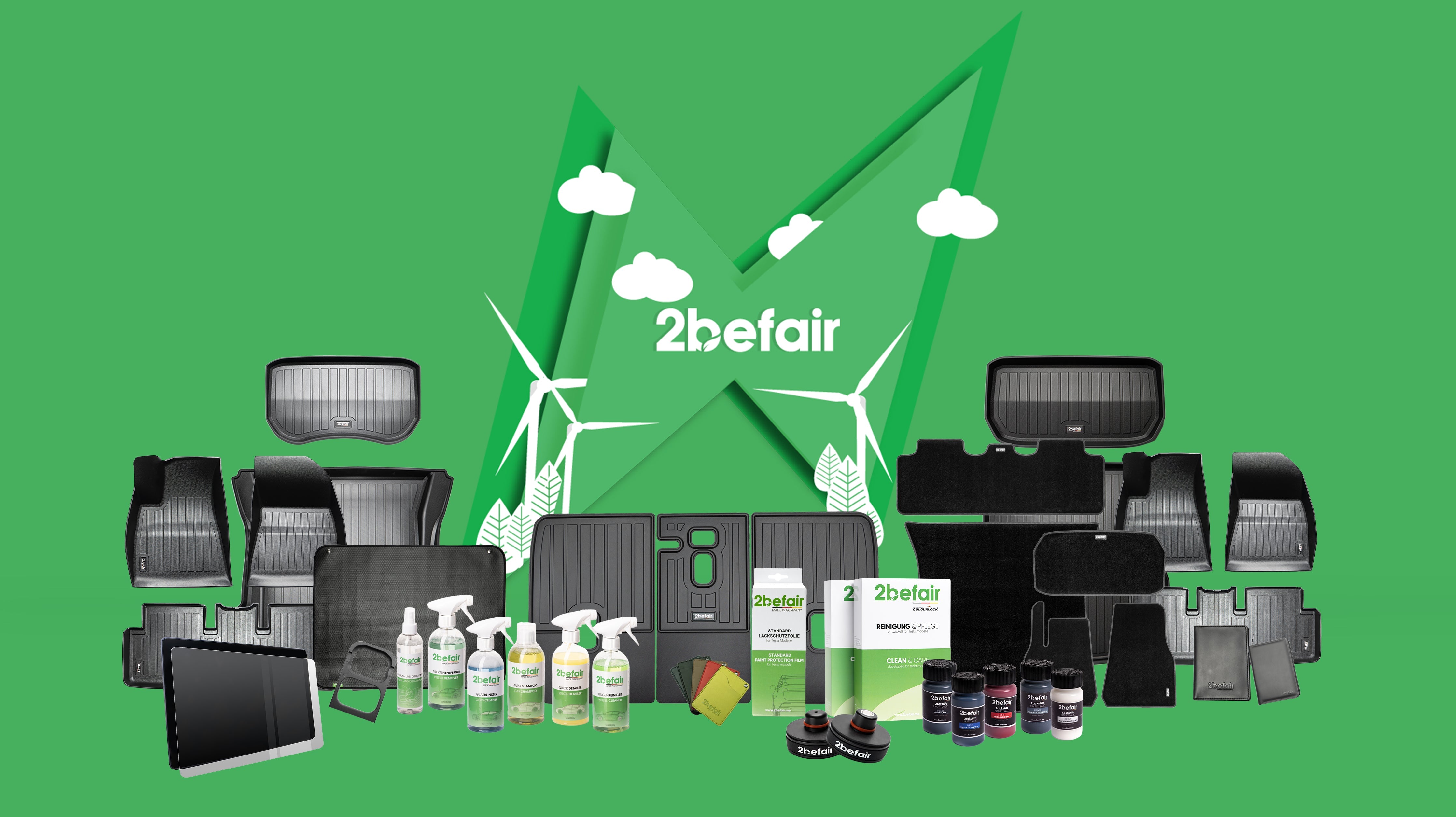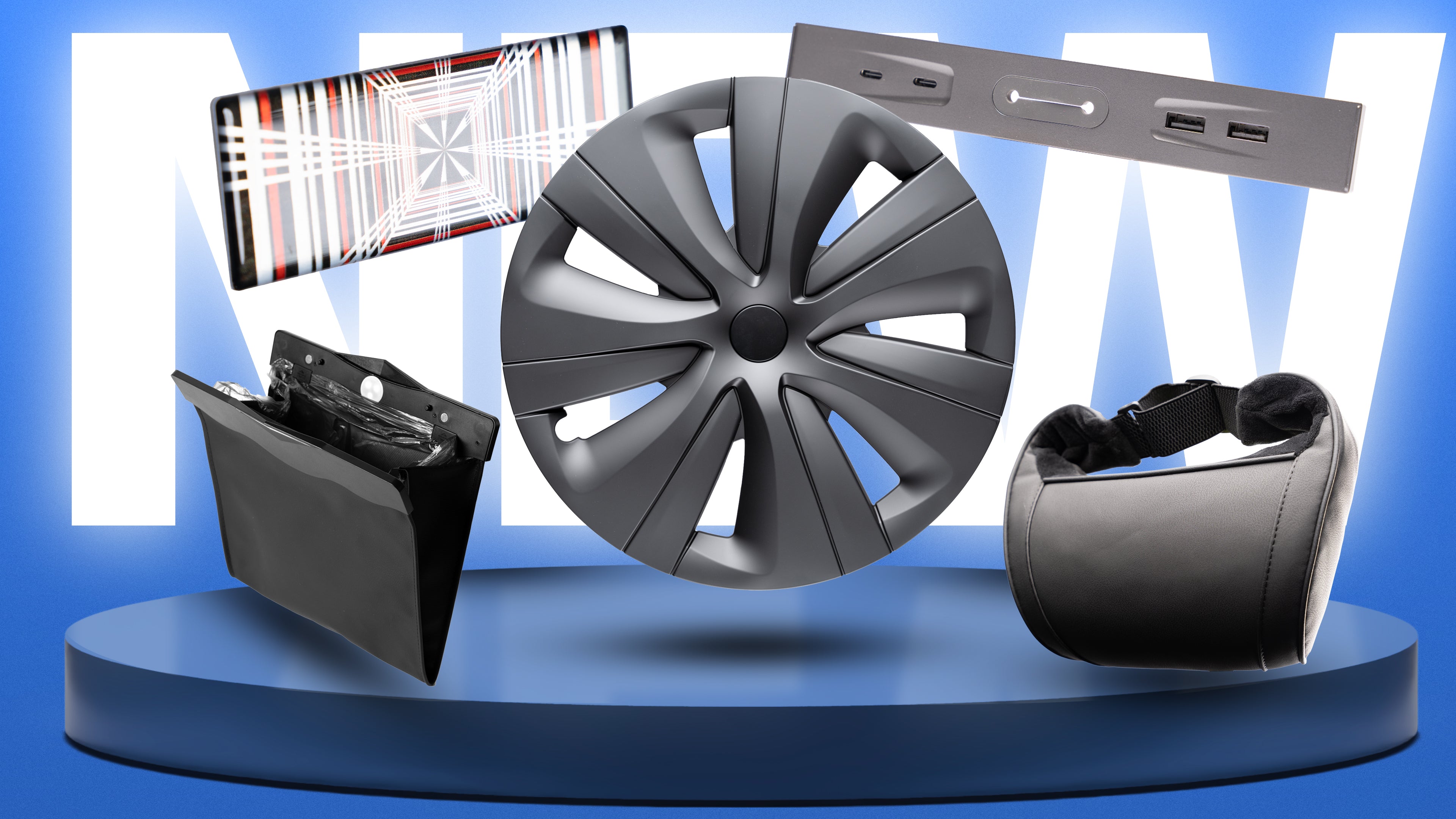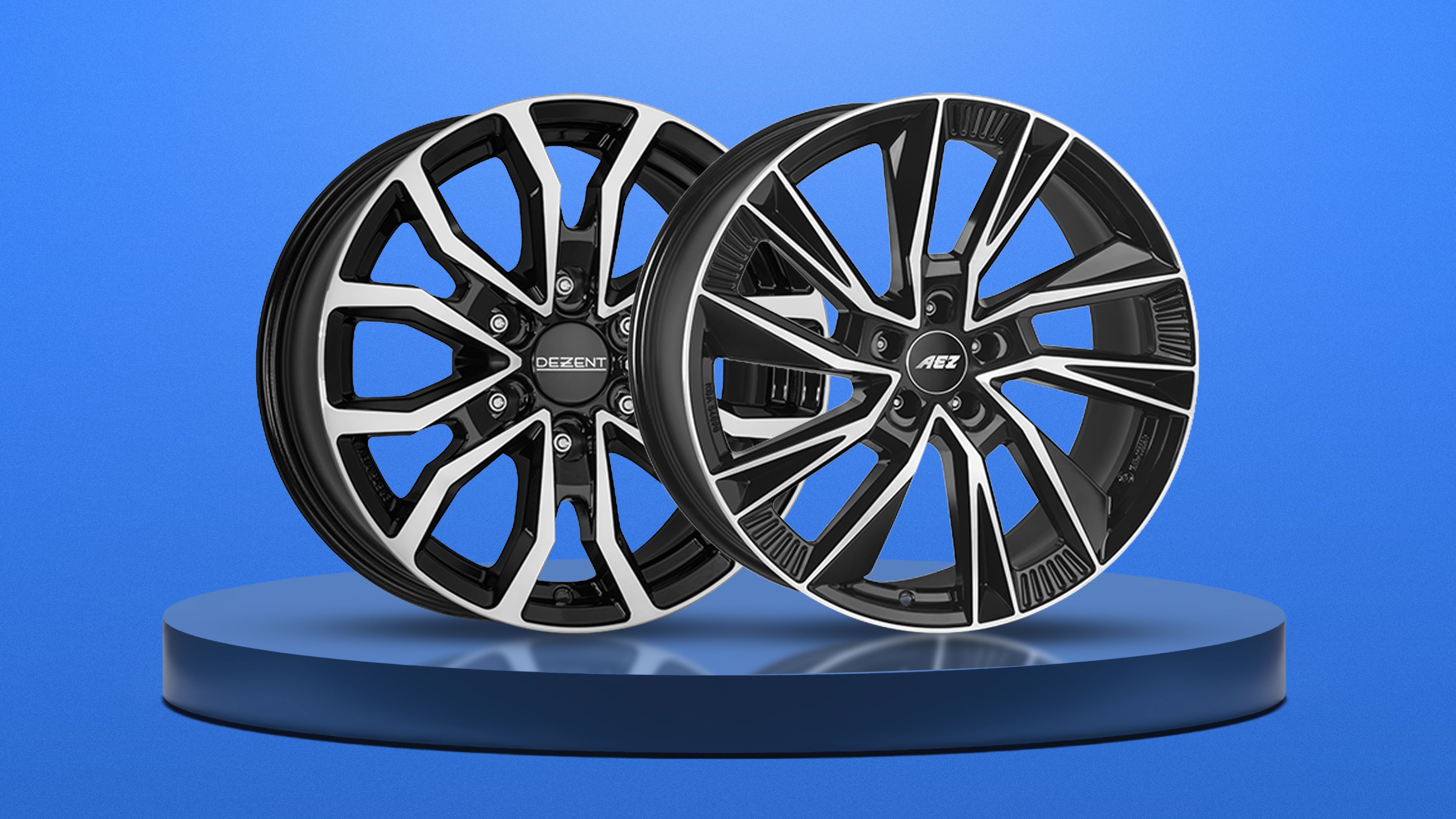Rain, fog, bright sun – how safely does a robotaxi drive under adverse conditions? This is exactly what the NHTSA wants to know in black and white from Tesla now. The US agency has sent out an extensive questionnaire just before the planned start of the autonomous ride service in Austin. What does this mean for you as a future passenger – and for Tesla's big FSD vision?
What the NHTSA specifically demands
Scope of the first fleet
Tesla is to disclose how many Model Y will actually start as robotaxis in Austin, on which days of the week, and at what times.
Supervision & Safety Concept
-
Real-time monitoring? The agency asks whether Tesla employs staff live via remote support or even as safety drivers in the vehicle.
-
Abort protocols: How does the system react if the weather suddenly changes? Does the vehicle have to stop, drop off the passenger, or does it safely continue to the destination address?
Sensors & Technology
Despite Tesla's “vision-only” approach, the NHTSA wants to know details about camera configuration, sensor coverage, and self-checks – especially in rain, snow, fog, or glare from sunlight.
Standards & Legal Situation
Does Tesla's FSD software fit the SAE automation levels and the NHTSA guidelines? The agency demands a precise classification and evidence for the required safety performance.
Future Plan for Private Vehicles
The NHTSA wants to know when Tesla intends to unlock its network for customer vehicles. Officially, it is said: not before 2026 – however, the agency demands milestones and test protocols.
Why the timing is critical
-
Tesla is aiming for the pilot start in June – only a few weeks remain to provide all the answers.
-
Without a satisfactory response, conditions or delays could threaten, which could slow down the rollout outside of Texas.
-
At the same time, Cybertruck and Model Y fleets are already collecting vast amounts of data to train FSD for extreme weather conditions.
Tesla's Homework
-
Detailed risk analyses on visibility & road conditions.
-
Clear intervention limits for FSD – including a safe stop.
-
Present a redundancy concept for remote support and (if necessary) safety driver.
-
Substantiate the timeline for customer robotaxis with measurable milestones.
Conclusion & Outlook
The NHTSA is getting serious – and that's a good thing. The better Tesla now shows how FSD works in bad weather, the faster the robotaxi service can grow – in Austin, the USA, and eventually in Europe. For you as a Tesla fan, this means: A little more patience, but in the end, a safer autonomous driving experience.








































